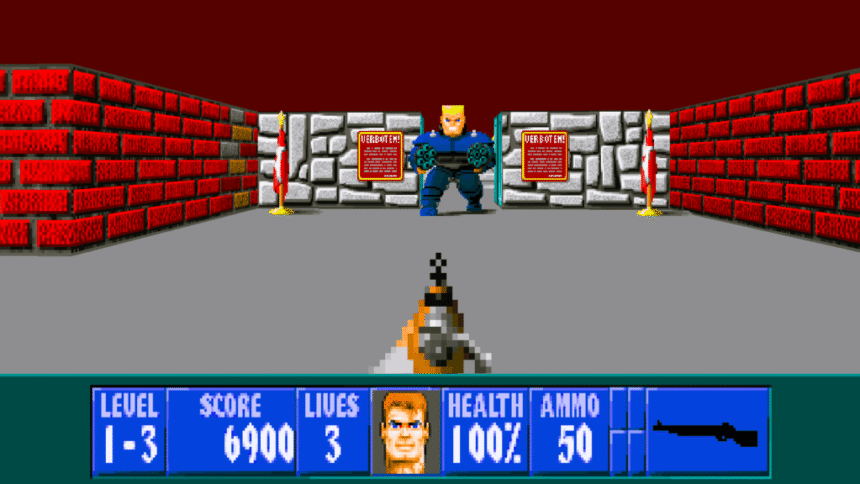Video games have come a long way since the days of Pong and Pac-Man. What began as simple, pixelated diversions has blossomed into a multi-billion-dollar industry that rivals Hollywood in both revenue and cultural impact.
The early era of gaming was defined by arcade classics and 8-bit consoles like the Nintendo Entertainment System. These games, while limited in graphics, captured the imagination of a generation and laid the groundwork for future innovation. As technology advanced, so did the complexity and ambition of video games.
Today’s games boast photorealistic graphics, immersive soundtracks, and intricate narratives that rival the best films and novels. Titles like “The Last of Us Part II,” “Red Dead Redemption 2,” and “God of War” are celebrated not just for their gameplay, but for their storytelling and emotional depth. The rise of open-world games has given players unprecedented freedom to explore and interact with virtual environments, blurring the line between game and reality.
Esports has also emerged as a major force, transforming competitive gaming into a global phenomenon. Tournaments for games like “League of Legends” and “Fortnite” draw millions of viewers and offer prize pools in the millions, elevating top players to celebrity status.
Indie developers have played a crucial role in pushing the boundaries of the medium. Games like “Undertale,” “Celeste,” and “Hades” prove that innovative gameplay and compelling stories can come from small teams with big ideas.
Looking ahead, advancements in virtual reality and artificial intelligence promise to make gaming even more immersive and interactive. As the medium continues to evolve, one thing is clear: video games are no longer just child’s play-they are a powerful form of art and entertainment that continues to shape our culture.


